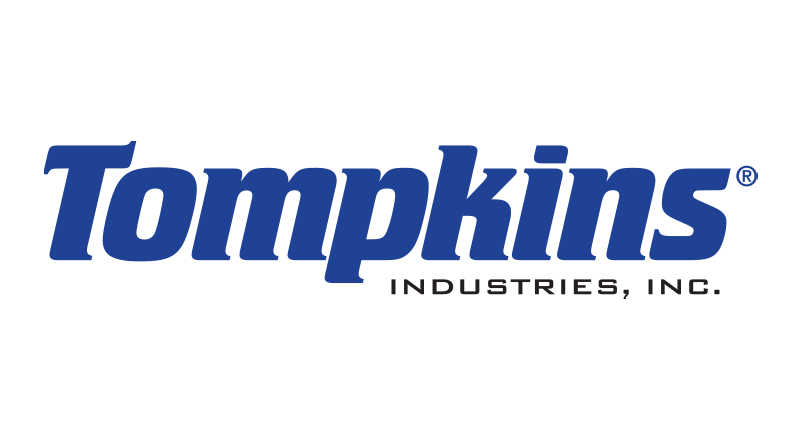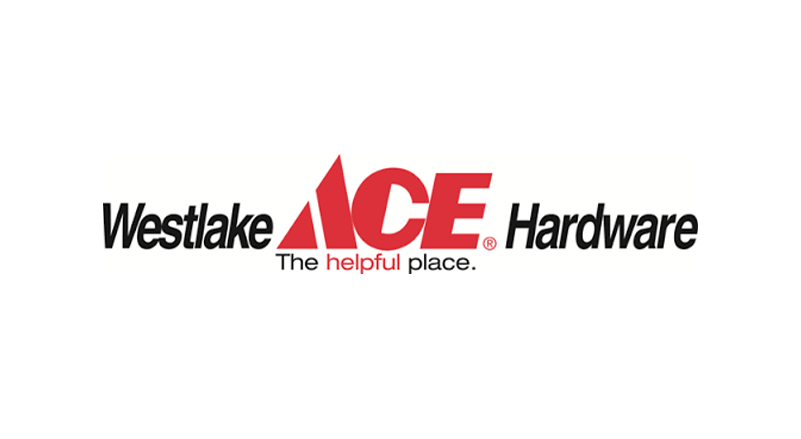New York Bets Big on Energy Efficient Investments
New York formally unveiled a plan that involves investing $1 billion in making public buildings more energy efficient over the next ten years. The changes will involve switching old lighting to LEDs, replacing out-of-date air conditioners, as well as other changes. The end goal is to reduce emissions by 80% by 2050 compared to a 2005 baseline.
Many of these efforts will be backed by financing plans such as MESA, PACE or bill-on-pay that effectively allow upgrades to be funded through savings. Energy efficient retrofits have been drawing a number of institutional investors, as companies promoting energy efficiency ideas say they can retrofit buildings, curb energy consumption and earn a steady 6% plus return for investors.
The initiative kicked off a United Nations conference on climate change in the city. Buildings account for roughly 40% of energy use nationwide, but this is disproportionate in large cities like New York, where buildings consume around 75% of all energy.
The big question is: will it work? While it is possible to calculate with a fair degree of accuracy how much energy an individual solar array with produce over 30 years, efficiency gains vary from building to building and can be impacted by unpredictable things like tenant behavior.
The main roadblock has been uncertainty. Better software and new financing models, however, are dramatically diminishing any doubt. The main impact of this program could ultimately be in showing the investors that efficiency is not as difficult as it appears.
Source: Forbes






